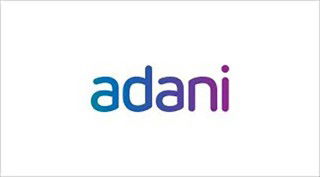The newest business model in town is simple: reduce greenhouse gases and get paid for it. Thanks to the Kyoto Protocol that came into effect this month, developing nations like India can get dollars, or euros, from developed countries by reducing pollution levels reports the Hindustan Times.
Taking advantage of this are plenty of projects in an advanced stage including an energy efficient steel plant, a biomass power plant in Alwar, a municipal solid waste project in Lucknow, and a HFC project in Gujarat.
The protocol makes it obligatory for 37 developed countries to reduce their emissions of six deadly greenhouse gases -- including carbon dioxide. These 37 countries, which accounted for 61.6 per cent of global carbon dioxide emissions in 1990, have to reduce them by an average of 5.2 per cent below the 1990 levels by 2012. They can do this through a combination of direct domestic action and by paying cash to developing countries who reduce these emission levels .
The rationale behind this is that cutting greenhouse gas emissions in any part of the world is a good thing. By paying others to cut emissions, developed nations ensure reductions at costs lower than in their own countries, while countries like India earn cash and benefit from tech transfer.
Reducing one tonne of carbon dioxide is called a Certified Emission Reduction (CER). Every CER can be bought and sold on global exchanges. The United Nations Framework Convention on Climate Change (UFCCC) designed a Clean Development Mechanism (CDM) to implement this through a web of designated monitoring agencies.
While the refusal of the United States -- which accounts for 35 per cent of the carbon dioxide emissions by the developed world -- to be part of the protocal has vastly reduced the size of the carbon market but it still is attractive.
Currently, a tonne of carbon dioxide emission saved can fetch between three to seven US dollars. “The price could have been as much as 25 dollars if the US had ratified the protocol,” says Yuvaraj Dinesh Babu of The Energy and Resources Institute (TERI) in New Delhi. “But prices may rise once developed countries begin to chase the 2012 deadline.
Even if India captures 10 per cent of the global CDM market, the annual revenues could range between $10m to $ 300m.” Pamposh Bhat, head CDM India, estimates that if India captures a quarter of today’s CDM market, it would generate gross revenues of 200 million euros. With developed countries now paying to reduce global warming, there is a huge opportunity for India.
